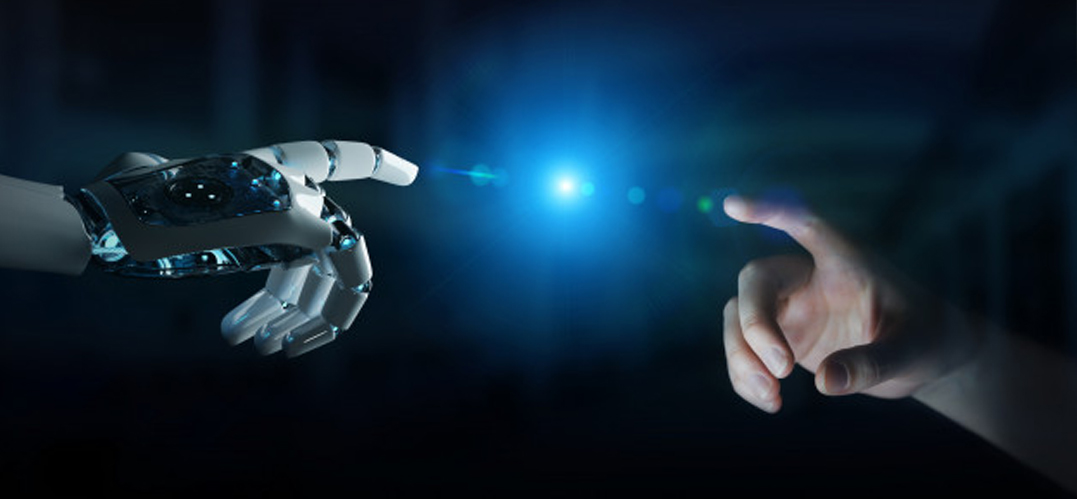Introduction
The field of robotics has made tremendous strides in recent years, revolutionizing industries and reshaping our daily lives. From automated manufacturing to autonomous vehicles, robots have become integral parts of our society. In a thought-provoking video titled “The Future of Robotics” (link: https://youtu.be/cd3q4cxumhu), various experts shed light on the advancements and implications of robotics. This article delves deeper into the key points raised in the video, highlighting the exciting future that lies ahead.
1. The Rise of Collaborative Robots
One of the most notable trends in robotics is the emergence of collaborative robots, often referred to as cobots. Unlike traditional industrial robots confined to cages for safety reasons, cobots can work alongside humans safely and efficiently. The video emphasizes how cobots are transforming industries such as manufacturing, healthcare, and agriculture. Their ability to enhance productivity, improve precision, and reduce human errors makes them invaluable assets in numerous sectors.
2. Artificial Intelligence and Robotics
Artificial intelligence (AI) plays a vital role in the evolution of robotics. By combining AI algorithms with advanced sensor technology, robots can perceive their environment, adapt to changes, and make intelligent decisions. The video highlights how AI-powered robots can perform complex tasks, including object recognition, natural language processing, and even emotional interaction. As AI continues to advance, robots will become more capable, autonomous, and versatile.
3. Robotics in Healthcare
The impact of robotics on the healthcare industry is profound. The video showcases how robots are assisting surgeons in performing intricate procedures with higher precision, reducing the risk of errors and complications. Additionally, robotic exoskeletons are aiding in rehabilitation, allowing individuals with mobility impairments to regain their independence. The integration of robotics in healthcare promises improved patient outcomes, enhanced https://youtu.be/cd3q4cxumhu efficiency, and better accessibility to medical services.
4. Ethical Considerations
As robots become more intelligent and human-like, ethical considerations come into play. The video raises thought-provoking questions about the boundaries of robotics. Should there be regulations in place to govern the use of robots in sensitive areas such as eldercare or childcare? How can we ensure that robots are designed to prioritize human safety and well-being? These ethical dilemmas need to be carefully addressed to prevent any unintended negative consequences.
5. The Future of Work
The video touches upon the impact of robotics on the job market. While some express concerns about https://youtu.be/cd3q4cxumhu job displacement due to automation, others argue that robots will create new roles and opportunities. The integration of robots into industries can lead to a shift in job profiles, with humans focusing on more complex and creative tasks. Moreover, the development and maintenance of robots will require skilled workers, opening up avenues for specialized jobs in the robotics industry.
6. Societal Adaptation and Acceptance
For robotics to truly flourish, societal adaptation and acceptance are crucial. The video highlights the need for educating the public about the capabilities and limitations of robots. Public engagement initiatives, workshops, and forums can help dispel fears and foster a positive outlook towards robotics. Collaborative efforts between governments, researchers, and industries are necessary to ensure responsible deployment and address any apprehensions.
Conclusion
The video “The Future of Robotics” provides a glimpse into the exciting possibilities that lie ahead in the realm of robotics. Collaborative robots, powered by AI, are set to revolutionize industries, enhance healthcare, and transform our daily lives. However, as with any emerging technology, ethical considerations and societal adaptation are imperative. By addressing these challenges proactively, we can harness the full potential of robotics while ensuring a harmonious coexistence between humans and machines in the future.
Oxford students complain about ‘excessive’ and uneven workloads
